Keeping peace between humans and wildlife in Africa
Growing up in the rural African village, Andy Buchanan had always considered wild nature his home. From a very young age, hunting was his way of learning the essentials of life and survival.
Read his fascinating story of how a little boy learning hunting techniques from his father and local village friends grew up to be a popular TV host and a hero that makes the lives of African people less dangerous. Andy also shares his thoughts on how thermal technology has made keeping peace between humans and wildlife much easier.
Where did you grow up and what was your childhood like?
I grew up on a farm in rural Zimbabwe. My father encouraged me and my brother to explore the outdoors. Fortunately, there was plenty of wildlife on the farm and, from a very young age, we would wake up early in the morning and head out in different directions with our air or .22 rifles to see what we could find.
At the end of the day, we would meet up back at the homestead to compare our winnings and see who a more skillful hunter was. Our bags normally consisted of critters like small birds, guineafowls, rock rabbits, and sometimes even small antelope like bush duikers, all of which we would later cook and eat on fire that heated the Rhodesian boiler for the water used for bathing in our farmhouse.
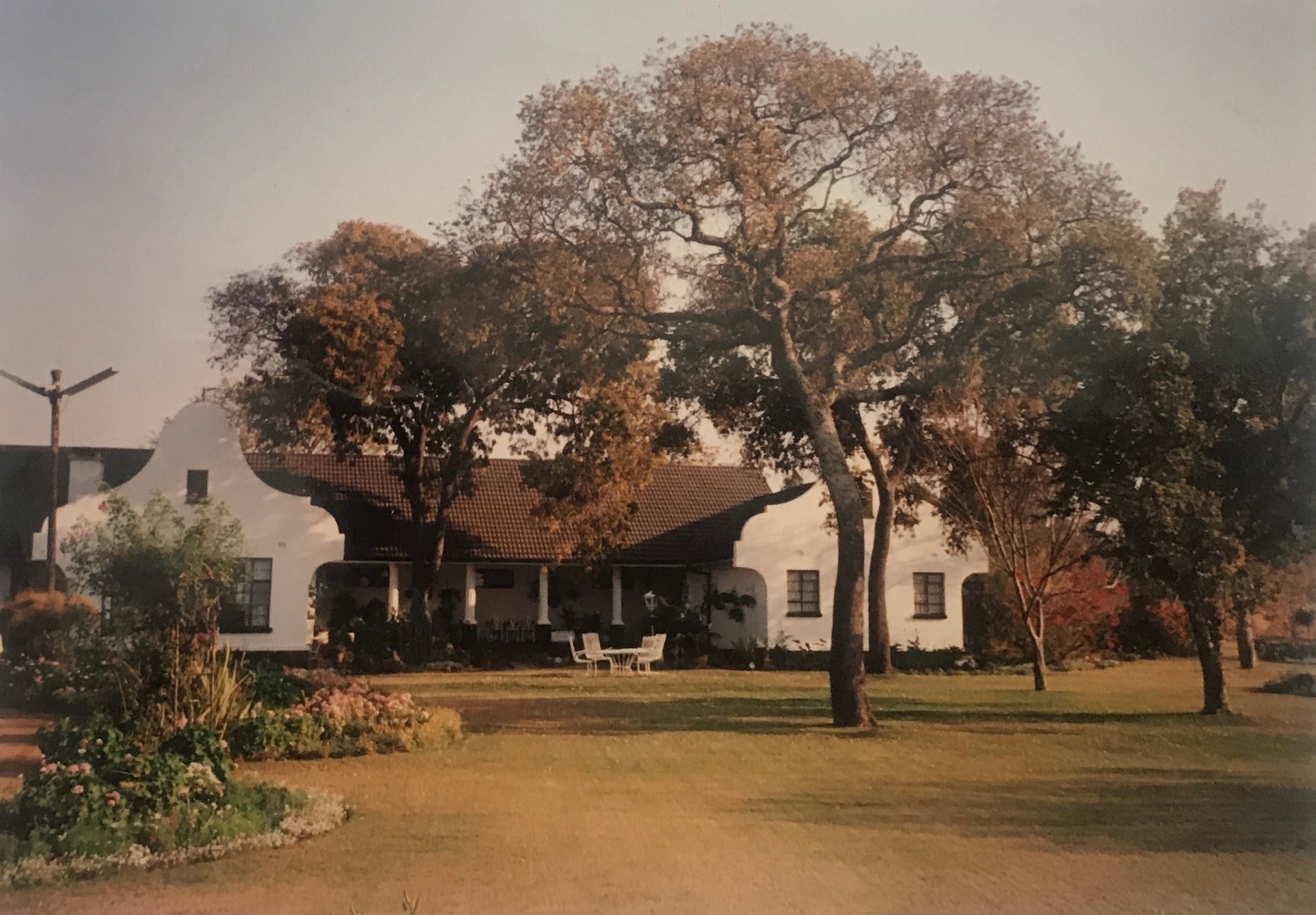
What did these lessons teach you?
When I was still a young child, during these hunting trips, my father taught me how to read animal tracks and instilled in me the ethics of only hunting old male animals, to always consume what you hunt and to only take a shot on an animal when you are certain you can take its life in a humane manner.
Did your father have a certain way of teaching you to hunt?
My father would only give us five pellets or rounds for the .22 rifle, and if we came back with five critters, our ammunition would be upped to six.
Once, he caught me chasing a lizard I had wounded with my slingshot, and I was forced to make a fire and cook and eat the entire reptile – feet, head, tail, and claws included.
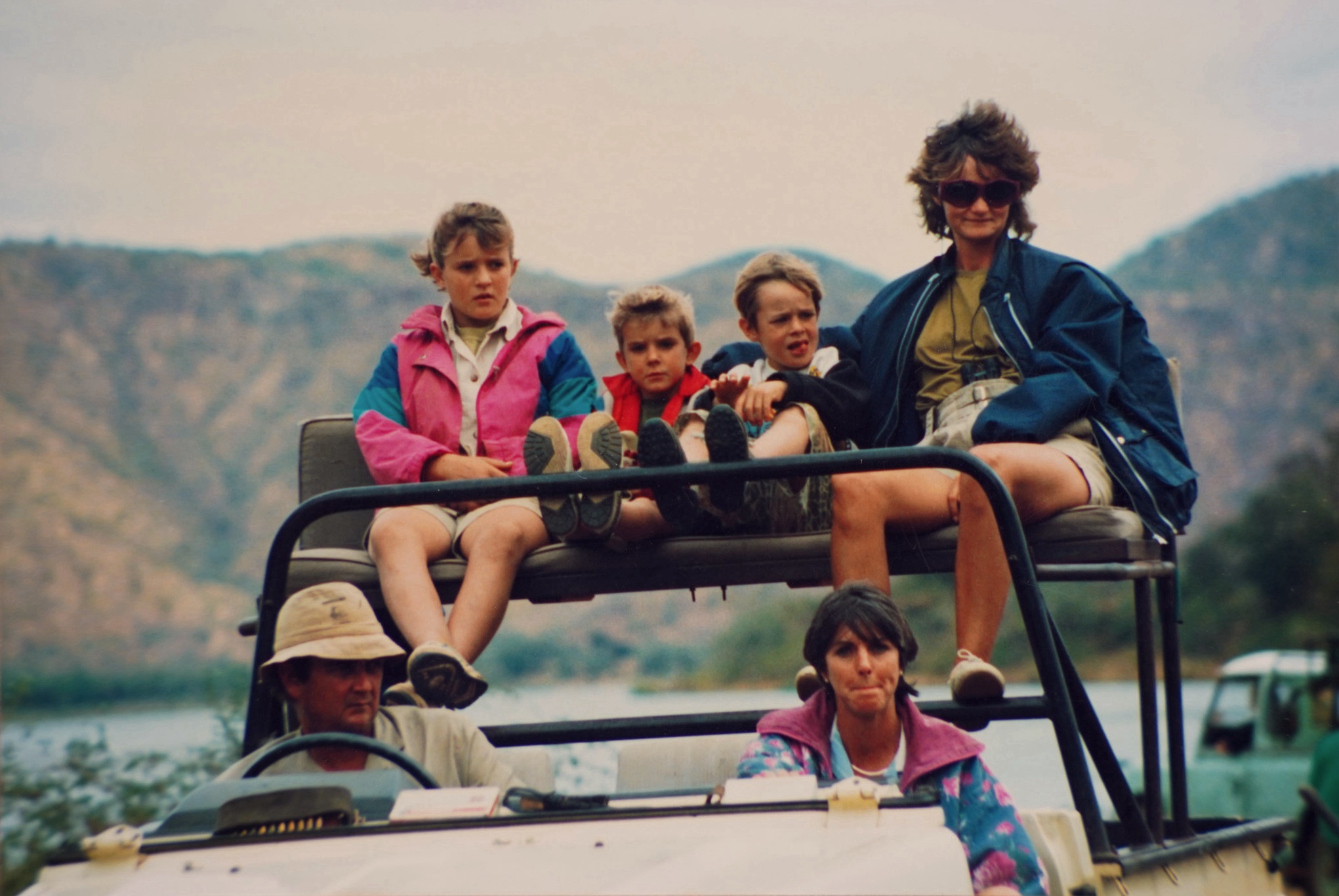
During our boarding school holidays, when we sold all the wheat, maize and tobacco that we had, my father would pack all the camping equipment onto big trucks and we would head off into the wilds of the Zambezi Valley in our convoy to hunt big game, birds and search the Zambezi River for the mighty tigerfish. It was during these month-long hunting trips that I was truly exposed to Africa’s wild and dangerous game hunting.
My father taught me how to read animal tracks, to always consume what you hunt, and to only take a shot on an animal when you are certain you can take its life in a humane manner.
Andy Buchanan
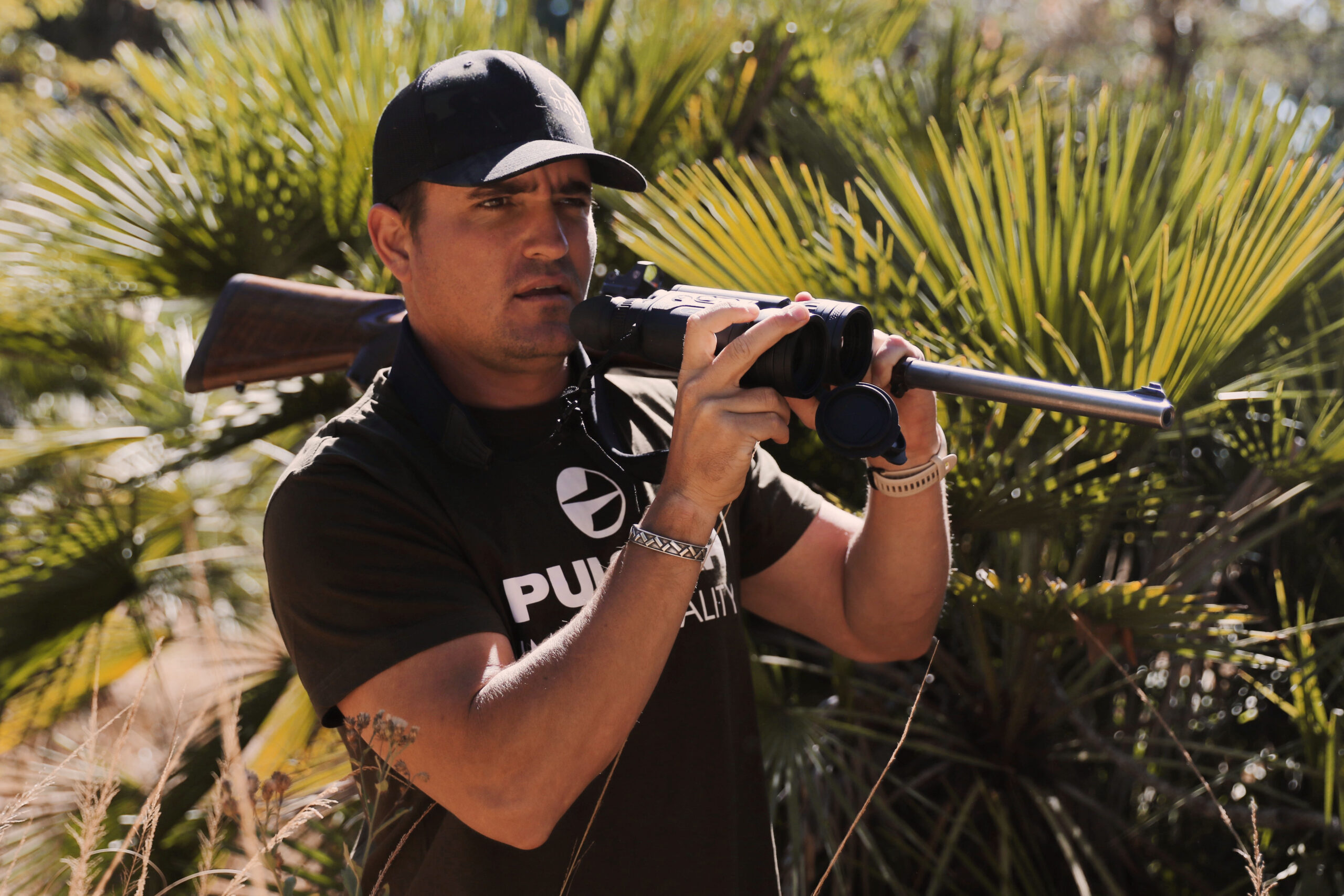
Hunting in Africa must have its own rules, peculiarities and rituals.
On the farm, we were always allowed to spend days in the local villages with our African friends, from whom we learned a great deal about their tribal traditions and beliefs. Often, we would leave our firearms at home and head off into the bushes with our village friends to learn how to use their traditional hunting methods, such as using whip traps, snares, and making a sticky substance called bird lime or “Urimbu”. It is made by cutting a gash into a certain wild fig tree, collecting the white sap that oozed out and cooking it in a tin can on the fire before applying the substance to a long stick that we placed at a waterhole. Any bird that landed on that stick would stick for good.
Many of these hunting methods were deemed unethical by our father. We went to great lengths to evade being caught, often even hiding in the long grass when we heard his motorbike approaching.
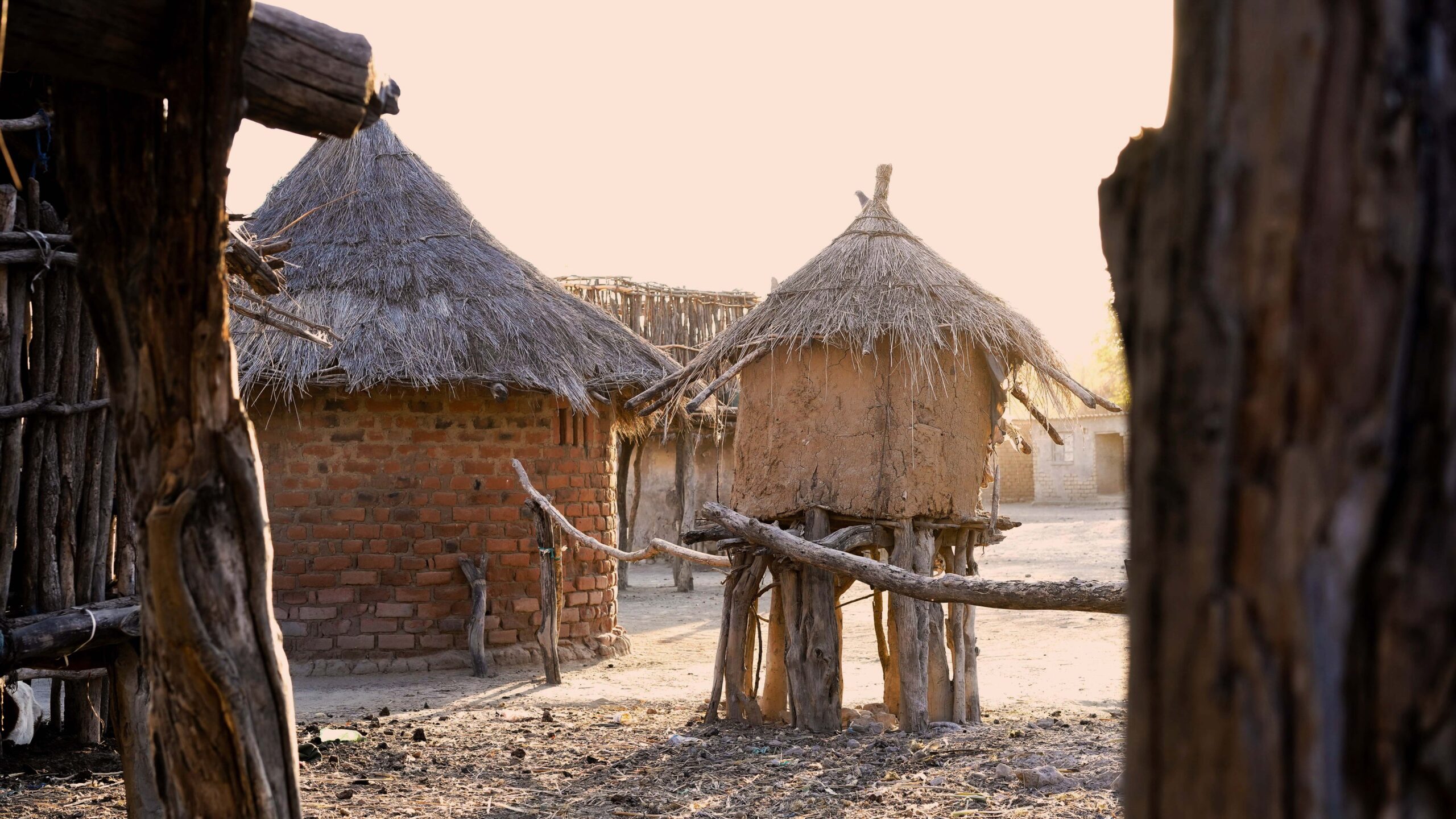
What do your hunts usually look like nowadays?
At the moment, hunting is a little different for me. I arrange hunting trips all over Africa for my long list of loyal foreign clients who wish to experience the true wilderness areas and hunting opportunities that the great continent has to offer. And, in my spare time, I enjoy helping local villagers to deal with crop raiding or man-eating animals, also known as problem animals.
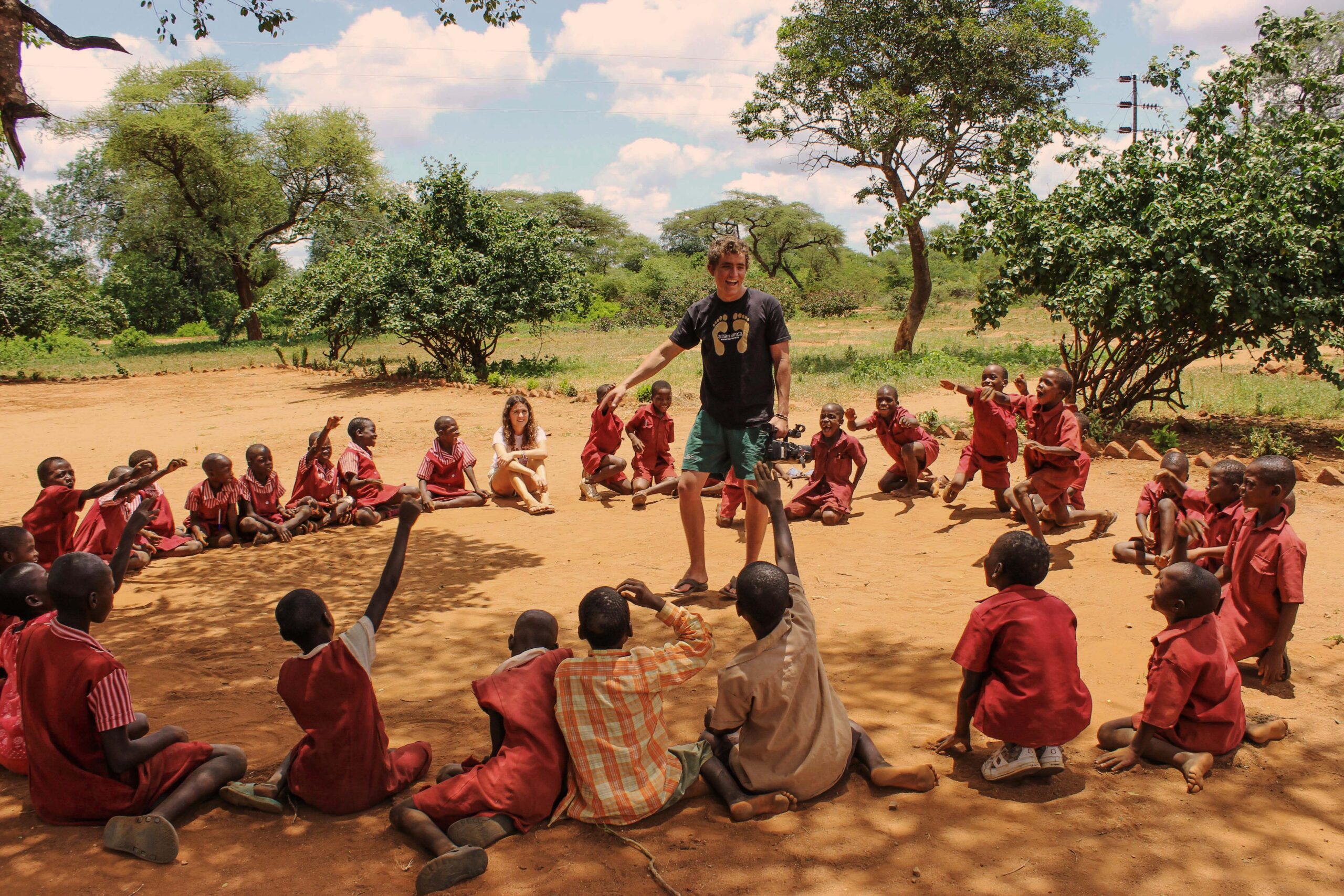
What is your favorite type of hunt and game?
Personally, my favorite animal to hunt is the Cape buffalo. Picking up the tracks of old bulls that have left the herd for a life of solidarity is extremely challenging and rewarding. The difficulty of keeping on the track, making sure the wind is in your favor, staying stealthy and quiet whilst following these enormously wise, powerful and dangerous animals is a reward that can only be felt and not explained. After several failed stalks, it finally culminates with a beautiful battle-hardened old bull on the ground. The fact that the Cape buffalo kills more hunters in Africa than any other animal also makes the hunt a little more exciting.
Is thermal technology popular in Africa?
Thermal technology is becoming very popular in Africa, especially with the new regulations that allow hunting cats of a certain age and sex. Night hunting has helped hunters to identify older animals without having to disturb them with light.
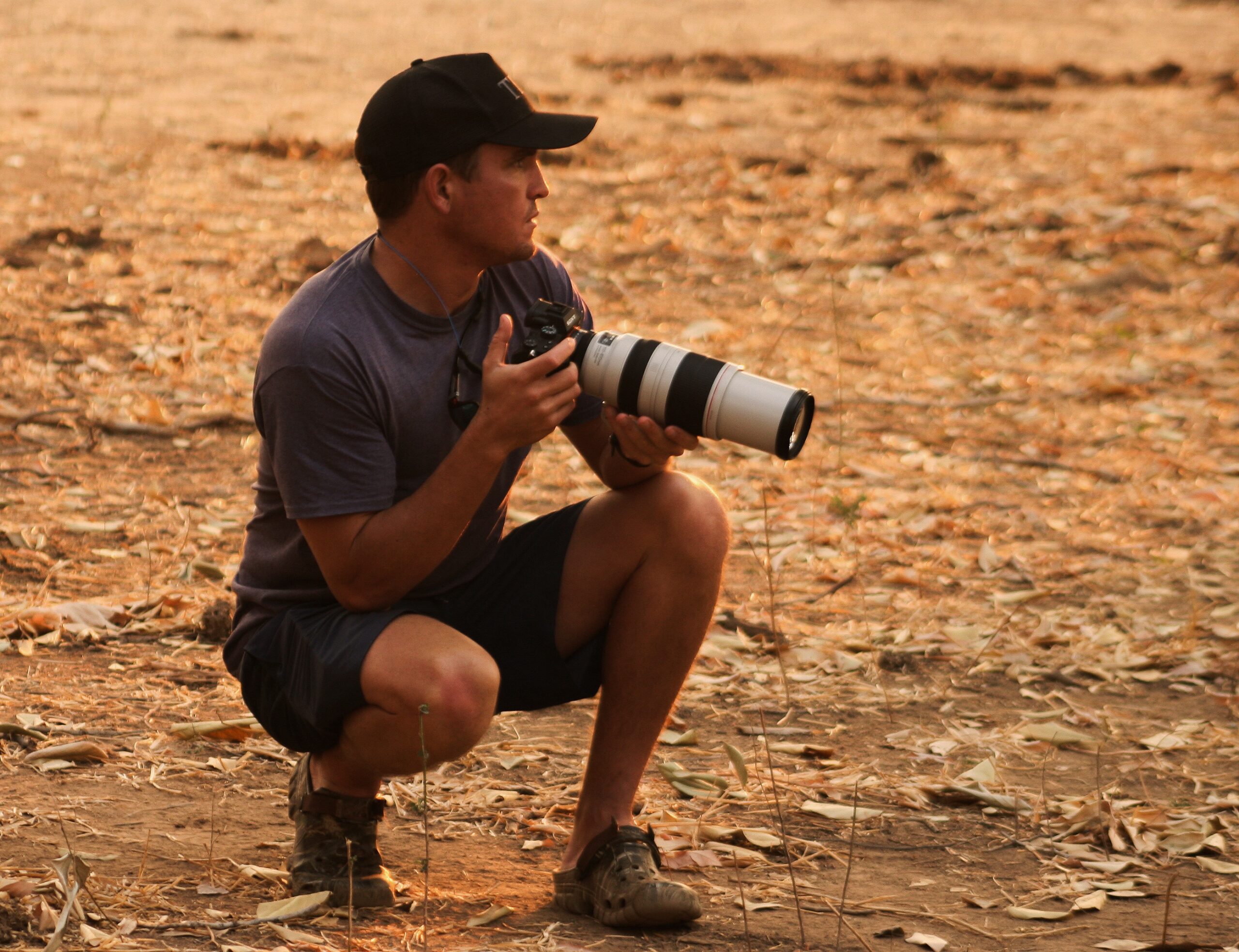
Which Pulsar devices do you use?
Personally, I enjoy using the Thermion range of riflescopes alongside the Merger binoculars for problem animal control. Many of these animals, like hyenas, lions, elephants and hippos, attack villages, crops and livestock after the nightfall, and often end up killing the people that are trying to defend their livelihood. Thermal devices have made keeping peace between humans and wildlife a hell of a lot easier.
Personally, I enjoy using the Thermion range of riflescopes alongside the Merger binoculars for problem animal control.
Andy Buchanan

The wildlife in Africa faces a lot more challenges. What role do hunters and thermal play here?
Unfortunately, humans and wildlife do not mix well in Africa because the animals often kill people. It’s up to the hunters to ensure that wildlife has a value to local people. That is where hunting clients come in. The money raised through sustainable hunting goes towards uplifting local communities that have to live side by side with the dangerous wildlife. These funds ensure that the villagers tolerate wildlife, which they otherwise would rather not have to deal with. In areas where hunters are not actively keeping this balance, other than national parks, wildlife has been completely decimated by local villages to make way for agriculture in a safe environment.

You have developed a popular TV show “This is Africa” where you share your hunting stories. What is the success story behind it?
My YouTube and TV series “This is Africa” helps to explain the role hunting plays in conserving Africa’s wild spaces and has become extremely popular because of the knowledge I share, which I gathered over my life lived in Africa.
What sort of advice would you give to a younger self?
If I could give my younger self any advice it would be to follow my calling to protect nature of this planet. I believe it is vital for our future and well-being.

Would you see your children taking the same path as you did?
My son recently told me that he plans on being a wildlife biologist because he wants to protect the forests and the animals that live within them. I plan on passing the knowledge I have on him so that he understands the complexities of the matter so often unseen by the first world keyboard warriors who pray for a ban on hunting to save animals, when hunting is actually playing a vital role in conserving Africa’s wildlife.
Before purchasing any night or thermal vision device, please make sure you adhere to the local legislation and only use it when it is allowed. Our ambassadors come from various countries and travel a lot, which allows them to test different devices. We do not encourage or support the illegal use of our devices in any events. If you wish to learn more about export and sales restriction policy, please visit the following link: Export and Sales Restriction Policy.

